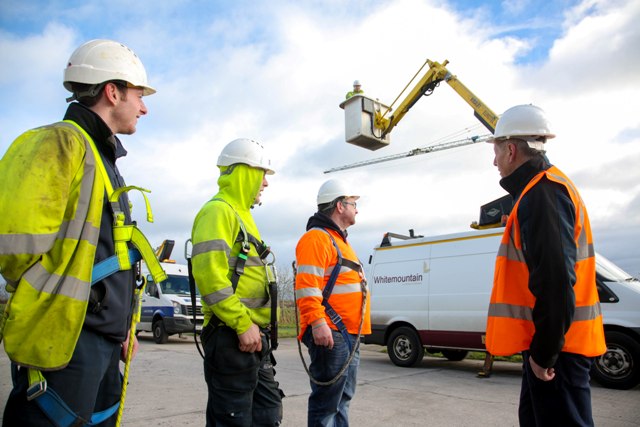In industries where working at height is a common practice, ensuring the safety of workers is paramount. One key aspect of this safety is safe access and egress from elevated work platforms like mobile access towers. The Prefabricated Access Suppliers’ and Manufacturers’ Association (PASMA) has long been a standard-bearer in promoting safe working at height, and their mobile access towers training is essential for anyone involved in erecting or using these structures.
Understanding the Importance of Safe Access and Egress
Safe access and egress refer to the methods and procedures used to enter and exit elevated work platforms, such as mobile access towers, scaffold towers, or ladders, without risking injury. This aspect of working at height is often overlooked, yet it plays a crucial role in preventing accidents and ensuring the well-being of workers.
PASMA Mobile Access Towers Training
PASMA is a recognised authority in the field of mobile access towers offering training solutions designed to equip individuals with the knowledge and skills needed to work safely at height. The PASMA Operator’s Code of Practice serves as a comprehensive guide for the use, assembly, altering and dismantle of scaffold towers. New revisions to this code mean that no individual who is assembling or working on a scaffold tower needs to stand on an unguarded platform. Safe access and egress techniques are an integral part of this training.
Some of the key techniques taught in PASMA mobile access towers training:
- 3T Method (Through the Trapdoor): This method involves climbing through the trapdoor onto the platform and turning around to face outwards. It’s crucial to ensure the trapdoor is securely closed before using this method. PASMA training teaches individuals how to safely execute this manoeuvre, emphasising the need for balance and stability.
- A-Frame Method: The A-Frame method is another way to access the platform. It involves climbing a ladder attached to the tower at an angle, resembling the letter ‘A’. PASMA training provides guidance on setting up the ladder correctly and using it safely.
- Toe-Boards and Guardrails: PASMA training highlights the importance of toe-boards and guardrails on mobile access towers. These safety features help prevent falls from the platform and provide a secure surface for workers to step onto or off.
- Correct Use of Tools and Equipment: The training also covers the proper use of tools and equipment required for safe access and egress, such as handrails, stabilisers, and climbing devices. Candidates will learn how to inspect and maintain these components to ensure they are in good working condition.
- Fall Protection: PASMA training emphasises the significance of fall protection measures, such as the use of harnesses and lanyards. Workers are taught how to use these devices when ascending or descending mobile access towers.
- Risk Assessment: Part of safe access and egress involves identifying potential hazards and assessing the risks associated with the task. PASMA training instructs participants on how to perform risk assessments to ensure safe working conditions for examples ensuring the suitability of the site ground conditions.
- Emergency Procedures: In the event of an emergency or equipment malfunction, PASMA training provides guidance on how to safely descend from the tower. This knowledge can be invaluable in critical situations.
Ultimately, the techniques taught in PASMA mobile access towers training extend far beyond the training room. They become ingrained in the practices of those who undergo the training, creating a culture of safety that extends to every job site. PASMA training ensures that those who work at height are well-prepared to meet this challenge, making it an invaluable asset in our ongoing quest for workplace safety and well-being.
At Industry Training Services we offer comprehensive PASMA Mobile Access Towers Training for more information, contact us:
Portadown: 02838398700
Dublin: 018916105
info@industrytrainingservices.com



